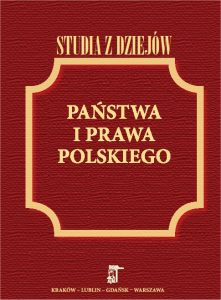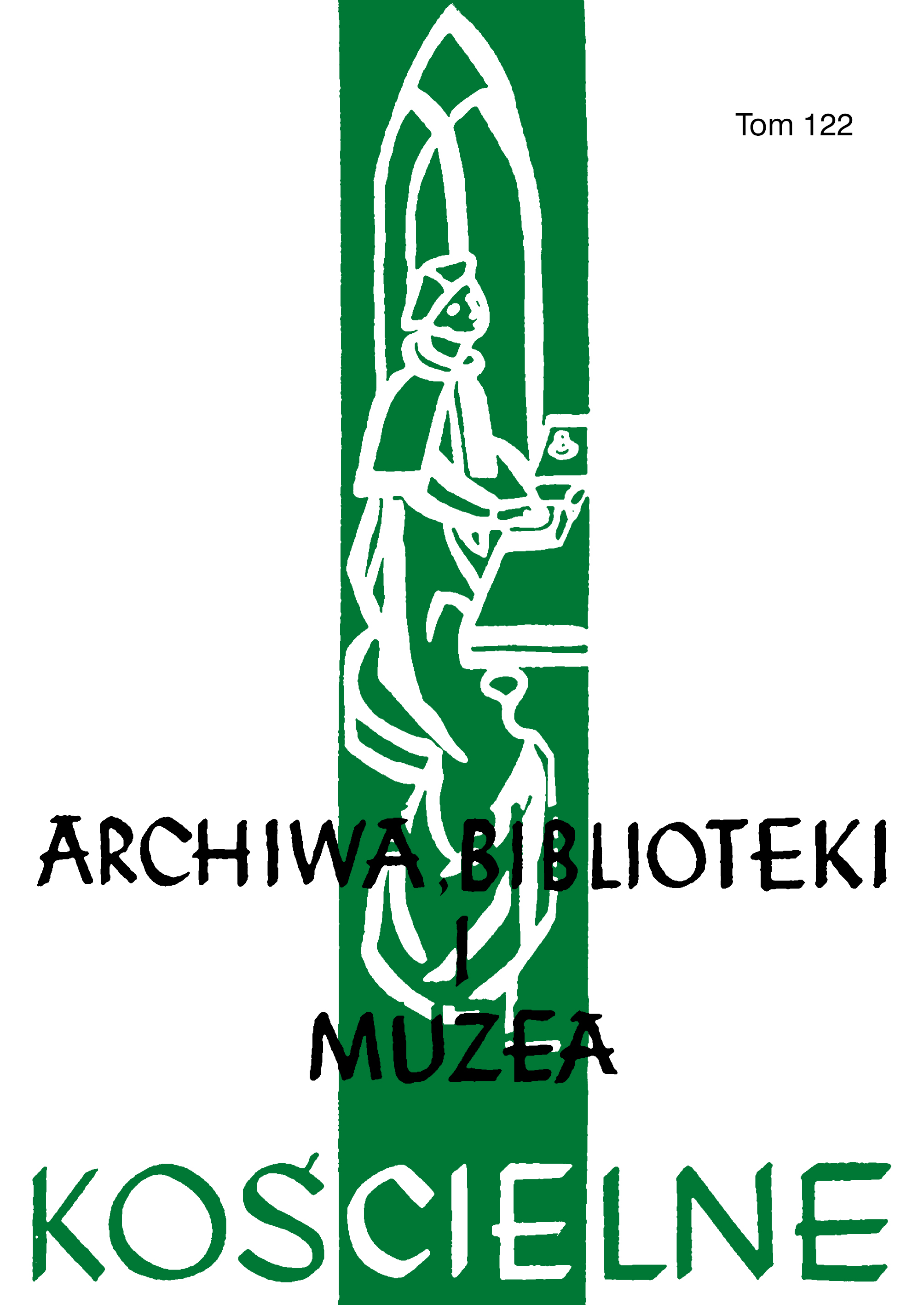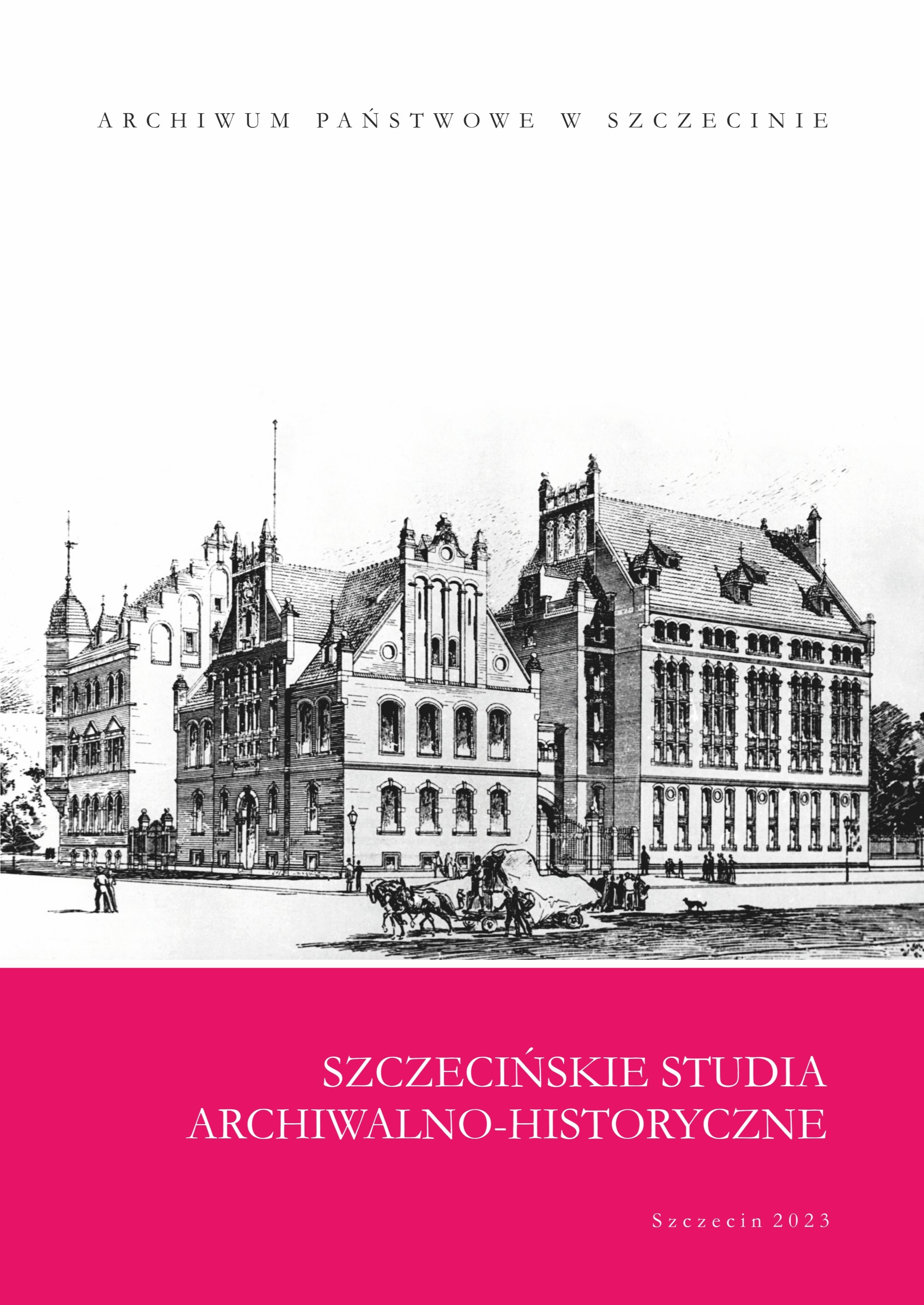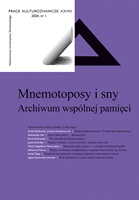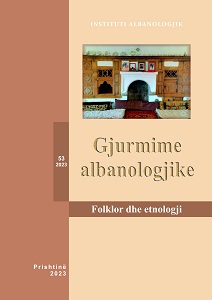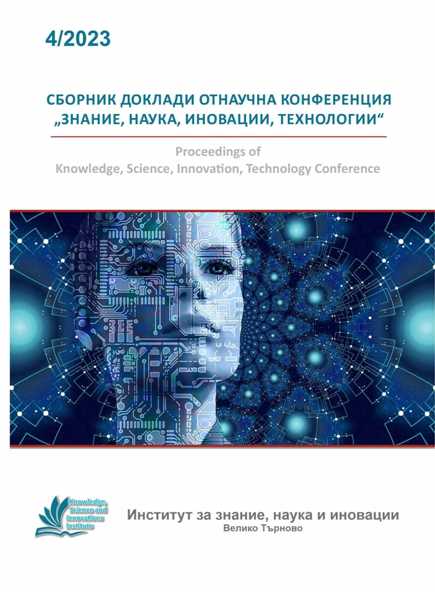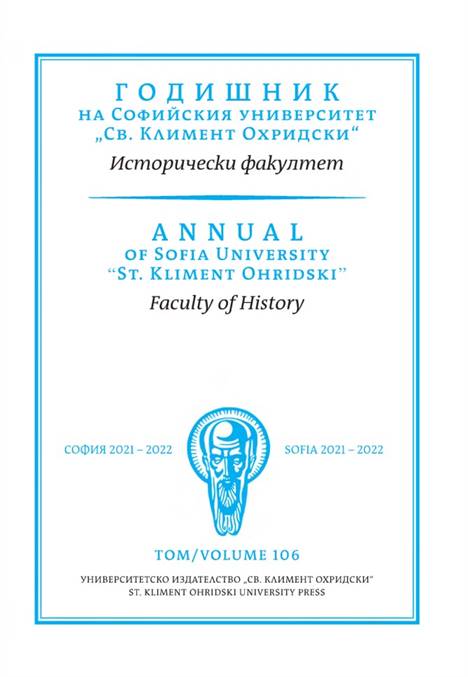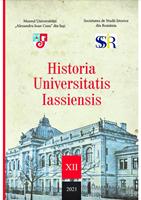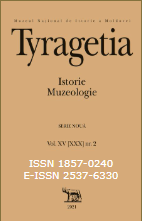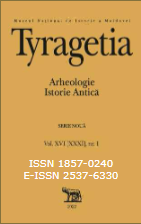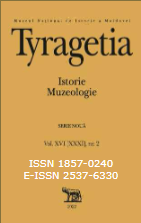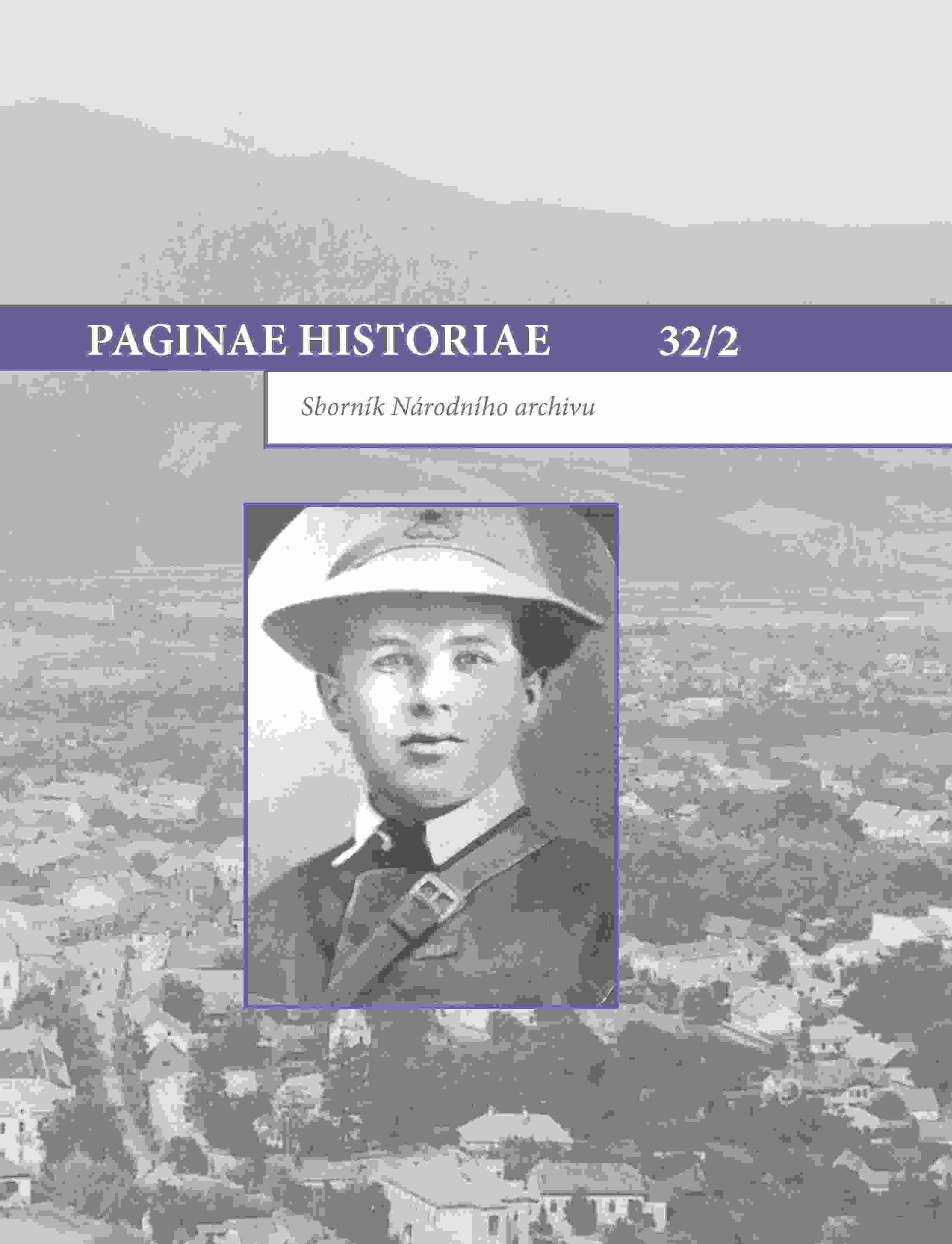Author(s): Elena Ploșniță / Language(s): Romanian
Issue: 2/2021
The article examines the role of Bessarabian collectors in the development of the museum heritage, outlines the contribution of Teodor Porucic, a scientist distinguished by his breadth of interests, hard work, perseverance and firm convictions, to the development of Bessarabian museography. At the beginning, the author cites biographical data showing that during his life T. Porucic showed himself in various fields of science and held various positions, including the position of director of the Chisinau Museum of Natural History. Teodor Porucic appears as a passionate collector, scrupulous museographer and a person devoted to cultural and historical heritage. Passionate about archeology, geology, paleontology, and technology, through field research and acquisitions, he created many collections. After serious research and systematization, he donated a significant part of these collections to the Zemstvo Museum, the first public museum in Bessarabia. In the interwar period, he for a short time served as director of this museum institution, managing to develop a program for the development of the museum and come up with a new project for the arrangement of the Botanical Garden. He spoke to the public with reports on his archaeological and natural science collections within the framework of the activities of the cultural and scientific societies that existed in Chisinau. In 1914, he put forward the idea of creating a museum of science and technology in Chisinau. He did not abandon this goal even in the interwar period, trying to return the collections donated to the museums of Bessarabia. In the end, having lost the lawsuits, he was forced to abandon the idea of creating a science and technology museum due to the lack of collections. However, he remained a follower and supporter of the artist Nikolai Gumalik, who since 1923 promoted the idea of creating an Art Museum at the National Museum of Natural History in Chisinau. While teaching at the Agricultural Academy of Cluj-Napoca, the scientist collected objects of cultural heritage related to rural life, which he later donated to the Chisinau Natural Science Museum. He took part in the Dimitrie Gusti’s student expeditions, exploring Bessarabian villages and was familiar with Petre Ștefănucă, a staunch supporter of the creation of a museum of ethnography of Bessarabia. Teodor Porucic advocated the organization of rural museums as custodians of objects of folk architecture and traditional culture. The article also pays attention to the archaeological research of the scientist Teodor Porucic, who has collected excellent collections of archaeological items that were transferred to the Museum of Natural History. Teodor Porucic himself wrote about his archaeological research and about the objects discovered in the Arhivele Basarabiei journal. Until the end of his life, he was engaged in museums and museography. In 1950, being a member of the Academic Council of the Republican Museum of Local Lore (former Zemstvo Museum, Chisinau Museum of Natural History), he actively participated in museum life. By May 1, 1950, the exhibition “History of the Soviet period” and the section “Nature” were prepared. During the discussions, T. Porucic sharply criticized the new organization of the exhibition, noting that its main drawback is “a weak reflection of the history and life of the Moldavian people”. The author, highly appreciating the activity of T. Porucic as a collector and museographer, proposes to create a museum in his house in Chisinau, thereby paying tribute to the scientist who made a special contribution to the development of Bessarabian museography.
More...
